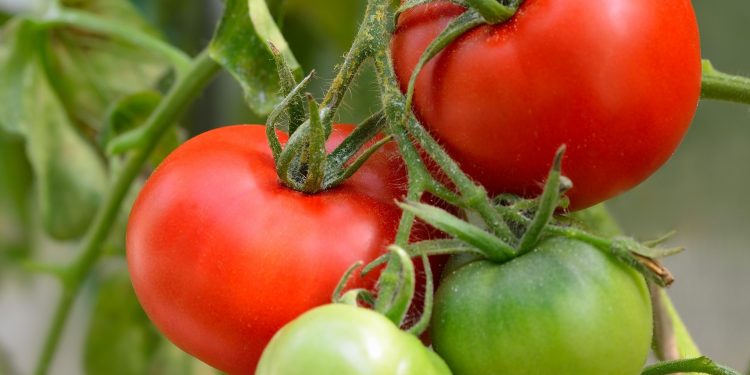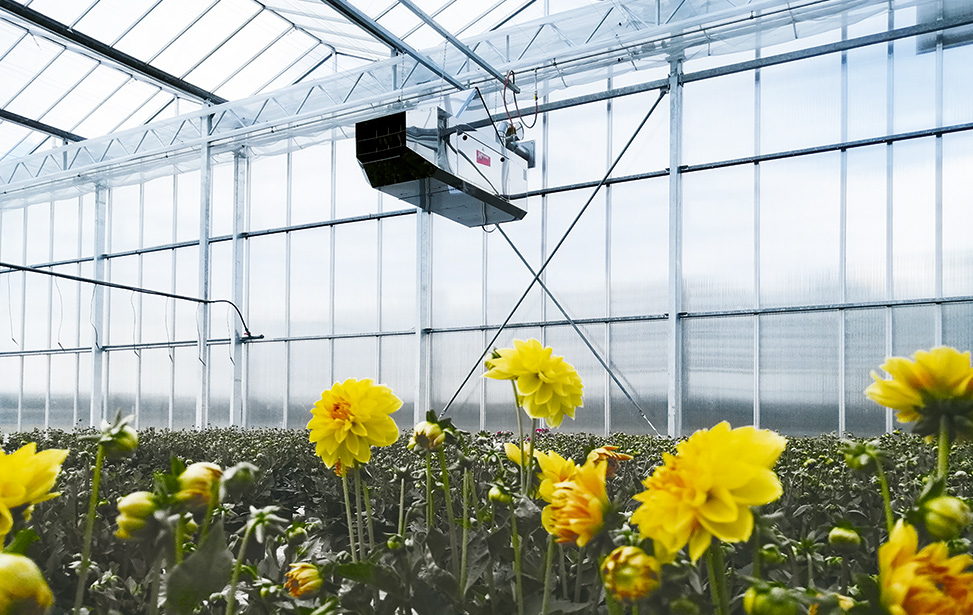Three fluorinated, one carbamate nematicide, as well as two biological control agents were tested in greenhouse trials to determine their efficacy against Meloidogyne incognita on tomato plants in three different soils. Each soil was treated with one of the following chemical nematicides at the labelled rate: fluensulfone, fluopyram, fluazaindolizine, and oxamyl. The biocontrol agents used were Metacordyceps chlamydosporia and Pasteuria penetrans. In one additional treatment, a combination of the biocontrol agents was applied. After 60 days, root-knot nematode population data, tomato plant growth, and root galling were assessed. Of the chemical nematicide treatments, fluazaindolizine had the strongest effect on M. incognita J2 in soil, with a 99% reduction relative to the untreated control. More than 99% reduction in the number of eggs per root system was achieved by all three fluorinated nematicides. The strongest effect on M. incognita J2 in soil by a biological control agent was in a combined M. chlamydosporia + P. penetrans treatment that resulted in an 87% reduction. This combined treatment was also the most effective on the eggs per root system, reducing the number of eggs by 69% relative to the untreated control. The different soils affected the efficacy of the biocontrol agents more than the efficacy of the fluorinated nematicides. For example, the percentage reduction in M. incognita J2 by the biocontrol treatments ranged from 40% to 65% for the three soils. For the fluorinated nematicides this range was 96% to 97%. These trials demonstrate the influence of the growth substrate on the efficacy of the biocontrol treatments. Overall, the tested biological control agents did not match the novel nematicides’ early protection of tomato transplants.
Reference: , , , & (2024). Performance of biological and chemical nematicides in different soils to control Meloidogyne incognita in tomato plants. Journal of Phytopathology, 172, e13250. https://doi.org/10.1111/jph.13250












